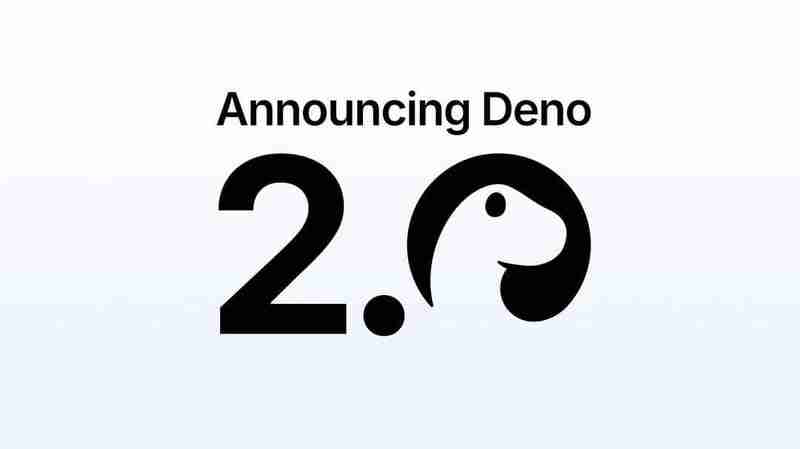
Deno 2 represents a major advancement for the JavaScript/TypeScript runtime, aiming for scalability and compatibility with existing JavaScript infrastructure even as its core principles of simplicity, security, and a comprehensive toolchain remain the same.

Key highlights:

Deno 2 addresses concerns about straying from its original vision:
"Deno’s goal is not to become a Node clone in Rust or a drop-in replacement. Our aim is to level up JavaScript, moving beyond 2010-era CommonJS and narrowing the gap between server-side and browser environments in a way that developers can adopt practically. We refuse to accept that JavaScript must remain a tangle of mismatched tooling and endless layers of transpilation, unable to evolve."
Deno 2 represents a strategic step forward, balancing the practicality of embracing the existing JavaScript ecosystem with its forward-looking vision for simplifying and modernizing web development. This release empowers developers to leverage the strengths of both worlds, utilizing familiar tools and workflows while benefiting from Deno's innovative features and focus on security and performance.
The above is the detailed content of Deno s Finally Here: Key Highlights. For more information, please follow other related articles on the PHP Chinese website!
 What is a Bitcoin ETF?
What is a Bitcoin ETF?
 Introduction to input functions in c language
Introduction to input functions in c language
 What is the reason why the computer screen is black but the computer is on?
What is the reason why the computer screen is black but the computer is on?
 Solution to the problem that win10 download software cannot be installed
Solution to the problem that win10 download software cannot be installed
 The difference between random and pseudo-random
The difference between random and pseudo-random
 The role of the caption attribute
The role of the caption attribute
 Usage of console.log
Usage of console.log
 What are the file server software?
What are the file server software?




